Honda unveiled a new version of the familiar CR-V hybrid on Tuesday, and the e:FCEV is the automaker’s newest fuel-cell vehicle, the first Honda to run on hydrogen since it killed off the Clarity FCV three years ago.
Honda was an early pioneer of hydrogen technology but it’s been out of the market for nearly three years, working up a next-generation fuel-cell “stack” as part of a partnership with General Motors.
On Tuesday, the Japanese automaker revealed its fuel-cell electric vehicle, the Honda CR-V e:FCEV which will combine both the new fuel-cell system and a small battery pack itself capable of yielding about 29 miles per charge. The total system gets an EPA rating of 270 miles.
Look for the 2025 Honda CR-V e:FCEV to roll into U.S. showrooms later this year. Pricing has yet to be revealed.
The CR-V e:FCEV
The e:FCEV starts out as a heavily modified version of the familiar Honda CR-V. The wheels here are motivated by a single electric motor producing a peak 174 horsepower and 229 pound-feet of torque. Current comes from two sources of power, starting with the fuel-cell stack capable of producing a maximum 92.2 kilowatts.
There’s also a small, 17.7 kilowatt-hour battery pack which can kick in additional power, when needed, or run the CR-V e:FCEV entirely in battery mode, yielding about 29 miles range.
Powering up
The battery side of the drivetrain can be plugged into a conventional 120-volt outlet or a Level II 240-volt charger.
The vehicle also offers bidirectional charging. Using the Honda Power Supply Connector a motorist can draw up to 1,500 watts at 110 volts. That can be used at a camp or worksite, or to keep, say, a refrigerator running in the event of a blackout.
Fuel-cell technology is often referred to as a “refillable battery.” And hydrogen tanks can be refilled in as little as four to five minutes.
The big limitation is finding a source of hydrogen. Currently, there are only a limited number of pumping stations open to the public in the U.S., with the vast majority, 55 of those, in California, according to the Hydrogen Fuel Cell Partnership. And Shell this month announced it will shut down a half-dozen that it operates there.
More Hydrogen News
- First Drive: BM iX5 hydrogen fuel-cell vehicle
- Shell is shutting down its California hydrogen stations
- Two French geologists may have discovered the mother lode of hydrogen
A history of hydrogen power
Fuel-cell technology dates back to the mid-19th Century, though it only found any real application with the launch of the Apollo moon mission in the 1960s, providing power for the lunar capsules. By feeding hydrogen gas through a membrane covered with a platinum catalyst it combined with oxygen to create water vapor and a flow of current.
About the same time, General Motors began tinkering with ways to use a fuel-cell stack to power electric motors that replaced a prototype vehicle’s internal combustion engine. BMW followed with a concept vehicle, dubbed the 520h in 1979.
But it wasn’t until 2008 that hydrogen fuel-cell technology saw its first commercial use with the launch of the Honda FCX. A few years later, the Japanese automaker replaced the FCX with a version of its second-generation Clarity – while also introducing plug-in hybrid and battery-electric versions.
Honda teams up with GM
That model was pulled from production in late 2021, Honda ceding the hydrogen market to Hyundai, with its Nexo crossover, and Toyota with its Mirai. BMW is also fleet testing a hydrogen-powered version of the family X5.
Since then, Honda has been partnering with General Motors to finish development work on its latest-generation fuel-cell stack. Production began in late January at a new plant in the Detroit suburb of Brownstown Township.
The fuel-cell technology produced there will be used for a variety of applications, including a new line of stationary and mobile generators both GM and Honda are bringing to market. While General Motors has decided not to get into the hydrogen vehicle segment, the Japanese automaker remains a strong proponent.
The two companies have partnered on several other projects. The new Honda Prologue EV, for example, uses the same underlying platform and propulsion system as the Chevrolet Blazer EV. And Honda has invested into Cruise, GM’s San Francisco-based autonomous driving subsidiary.
The “hydrogen economy”
Honda is looking for other applications, including heavy-duty trucking. Toyota and Hyundai have already begun fleet-testing Class 8 rigs operating out of various California ports. They’re helping to reduce the emissions created at shipping centers like the Ports of Los Angeles and Long Beach where diesel trucks can idle for hours waiting to pick up their loads.
Proponents see a variety of other potential applications, including shipping, rail and even aircraft.
To help promote the development and use of hydrogen technology, meanwhile, the Biden administration has approved funding that includes $7 billion to set up a network of seven fueling “hubs” across the U.S.

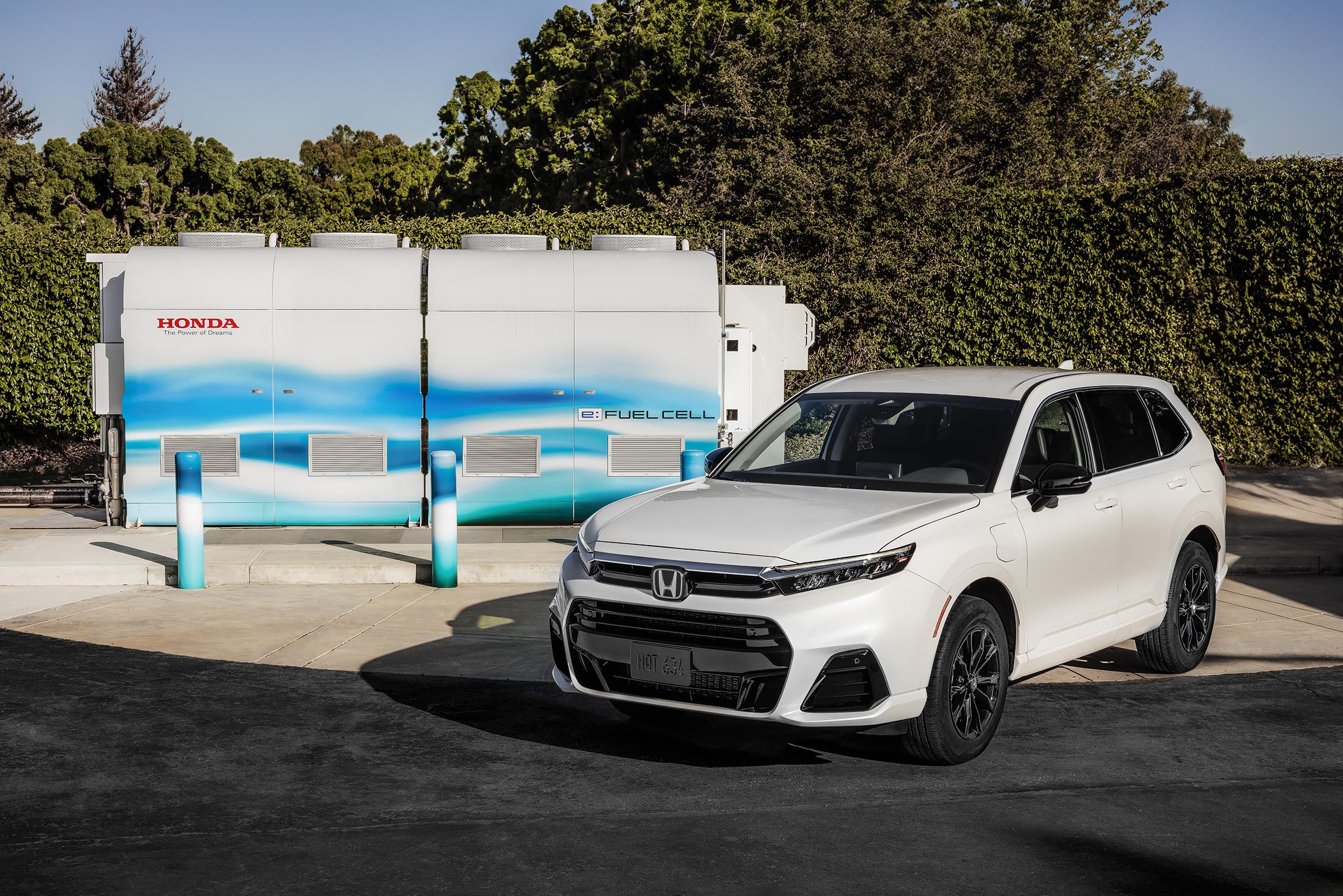

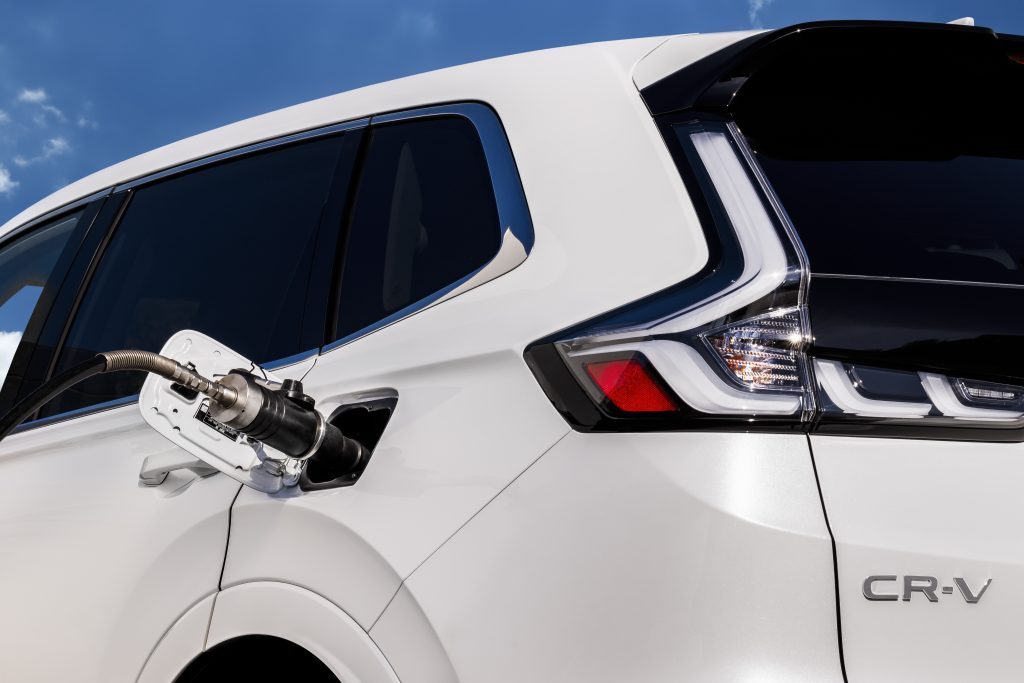
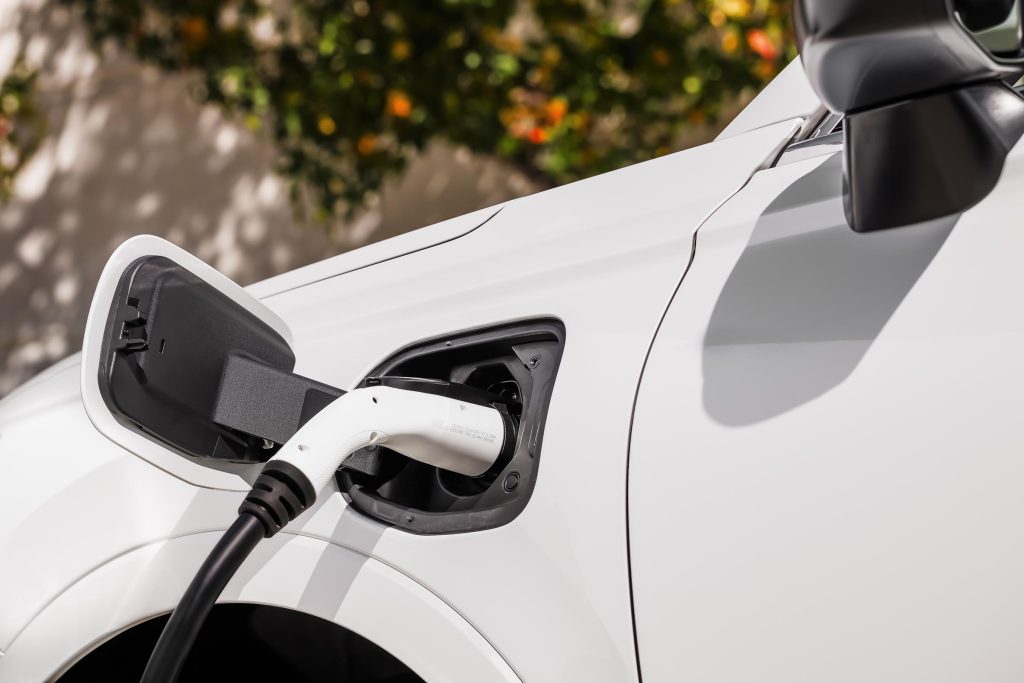
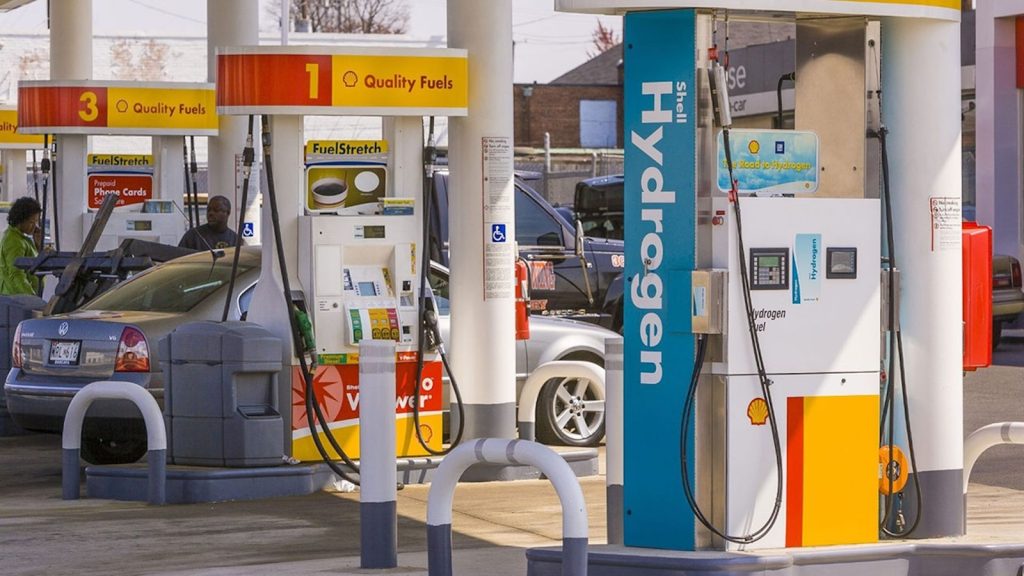
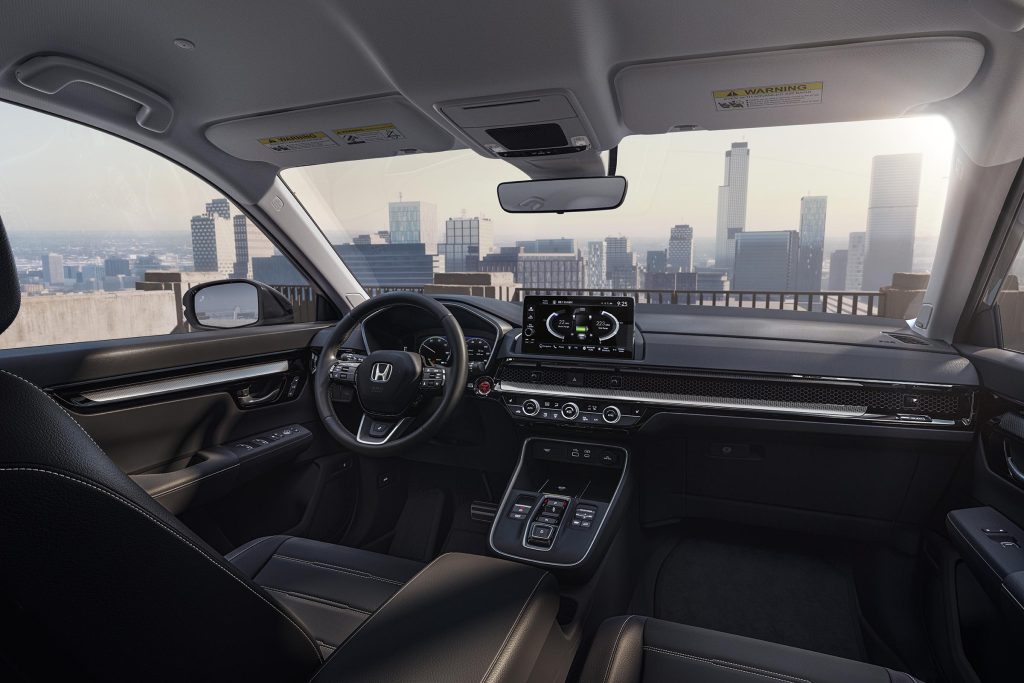
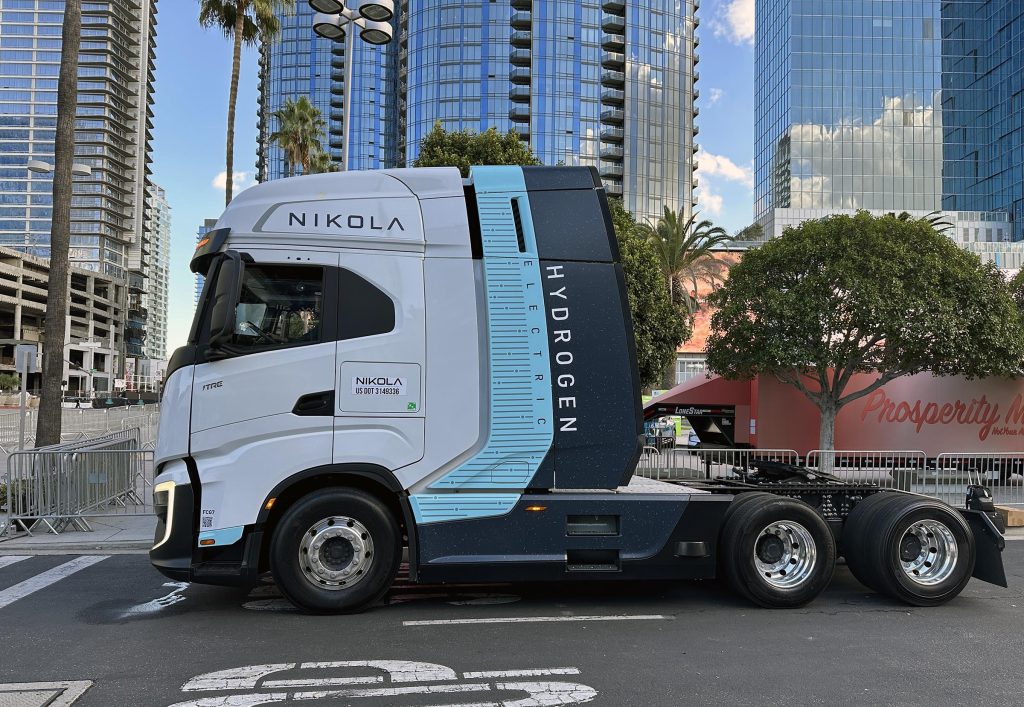
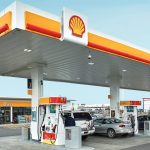
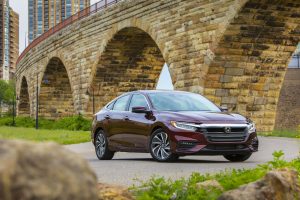
0 Comments